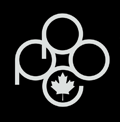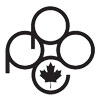Saturday, April 19, 2025
A LABOR OF LOVE NILMDTS – a witness to newborn loss as a Professional Photographer by Philomena Hughes MPA
Have you heard about ‘Now I Lay Me Down To Sleep’ (NILMDTS)? It is a non-profit organization that started in the US in 2005 when parents Cheryl and Mike Haggard lost their newborn son Maddux after he survived for only 6 days. Mike contacted a photographer, Sandy Puc and asked if she would come to the hospital to create images of their newborn before he died. After this experience, Cheryl and Sandy created NILMDTS to support other bereaved parents.
Since then, NILMDTS has grown and has volunteers throughout the States, Canada and around 2 dozen other countries, who professionally photograph dead or dying newborns with their families.
I heard about NILMDTS the following year, in 2006, when it was presented at our provincial convention in Vancouver. I decided to add it as a volunteer service that I would offer to my community.
As a professional photographer of 18 years at that point, this was for me an entirely unique service to offer. Honestly, I was nervous as to how I was going to handle meeting people at the most vulnerable and painful time of their lives. It was emotionally challenging.
NILMDTS offered a training program so I could learn their process. All of our work is done on a volunteer basis.*
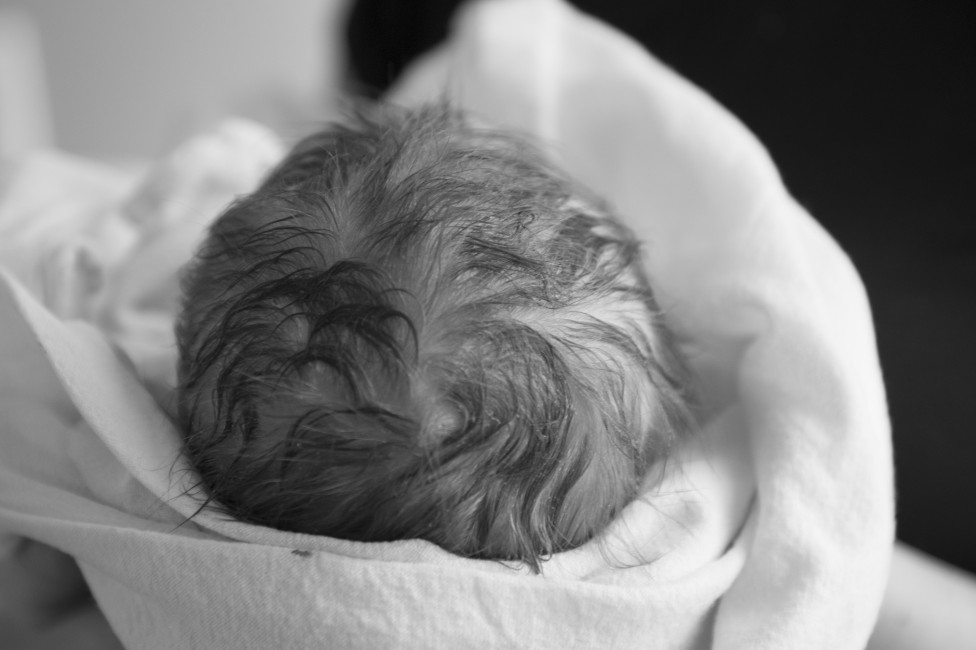
NILMDTS have brochures, which can be ordered to give to the hospital, so they can offer them to their patients who find themselves in this situation.
On their website, all the resources that I needed were available to download at any time. This greatly helped ease my initial concerns.
The hospital wants to be assured that my service would be handled professionally and that their patients’ privacy would be protected. Forms by NILMDTS were required to be filled out by the family/mother asking for us to come into the hospital. Copies were kept in their hospital files, and the original was sent to the NILMDTS head office. The families had access to NILMDTS and could also see that there was a support group there, if they wished to contact them.
https://www.nowilaymedowntosleep.org/
On the maternity ward, in the nursing station, my name was on the board with my phone number on one of the brochures. Then it was just a matter of being available, and many times I was called in late at night. When I was out of town, I would let them know the dates, so they knew ahead of time, as I was the only one providing this service then.
In my opinion, the part that needs to be emphasized is the importance of building a trusting relationship with the staff on your local maternity hospital floor.
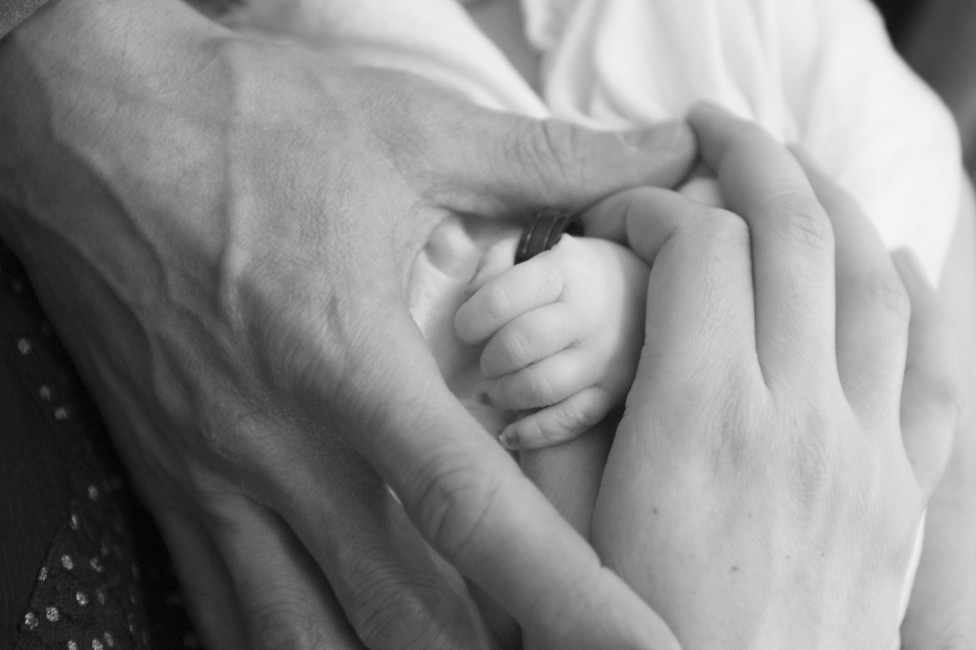
BUILDING A RECOGNIZABLE NAME
I was fortunate to already have an established “working” relationship with our hospital. How did I do that? I’ll tell you briefly and hope it helps you.
I had been asked to decorate the walls of the pediatric floor with my photography, which showcased children of different ages. That project took several months to photograph, but the pediatric staff organized it all, and I donated my time and talent. They suggested I put a sign with my name on the wall beside the photos, and they are still there nearly 15 years later.
A short while after, a new doula came to town, and she was looking for photos of pregnant women and newborns for her office space. She asked if I was interested in providing these. I paid for the framing, so along with the images, they belonged to me. I had signed permission from my clients before we started the process to have them displayed, if chosen. Then, together, the doula and I chose from my portfolio of past clients' images.
Later, when the doula moved, I offered those framed images to the maternity floor, where they remain to this day.
Having a recognizable name in my community helped a lot. I also donated to fundraisers every year for different events; again, getting my name known in the community, at venues that aligned with my business values.
If you are new to the business of professional photography, I think you will be able to approach your community hospital if you are aligned with the NILMDTS program, as they have an incredible name that supports and protects you, the families, and the hospital.
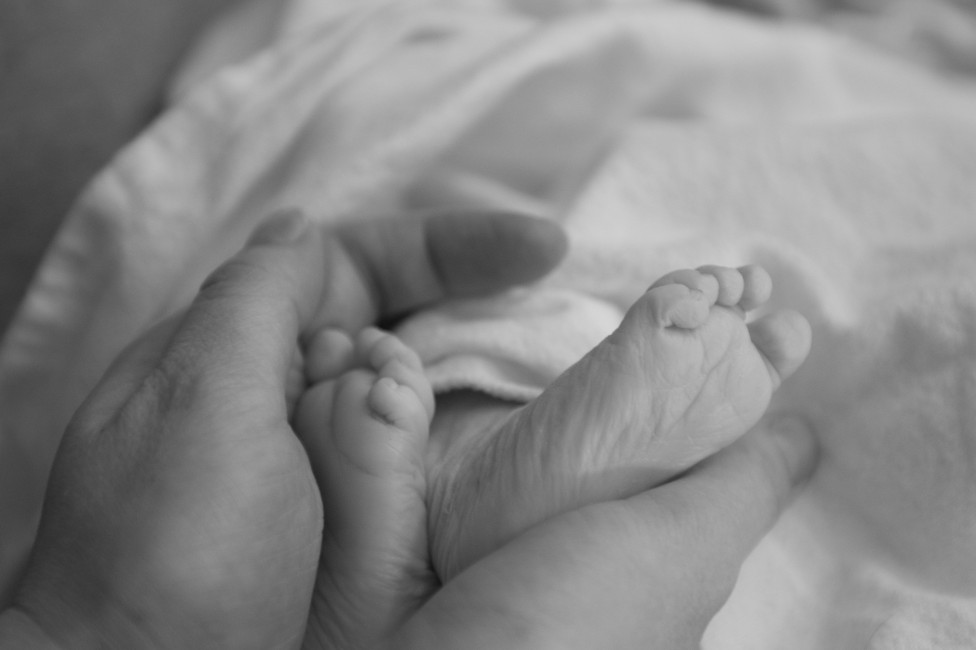
“ON CALL”
When I’d receive a phone call from a nurse on maternity to see if I was available to attend, I would ask when the family would be ready to see me. Being flexible was essential. There were issues to consider, mainly the state of the mother and baby, along with the availability of nursing staff to assist.
Upon arriving on the maternity floor, I met with the assigned nurse. Once the paperwork was completed and signed, I cross-checked with the nurse if they knew what I would be doing there. Next, I went over what help I needed from them.
Their hospital room door was marked with a sign indicating the loss of a baby.
I’d wait outside for the nurse to invite me in. On walking into a low-lit hospital room, I’d leave my camera aside and first introduce myself to the parent(s).
I wanted the mother, father, and whoever else was there to know that everything I proposed to do was for them. She or they were in control and they could stop the session at any time to take a breath, grieve, or stop it altogether.
Tender and precious exchanges we had forever stay with me.
“Your son has beautiful, long fingers." "He gets that from his father “.
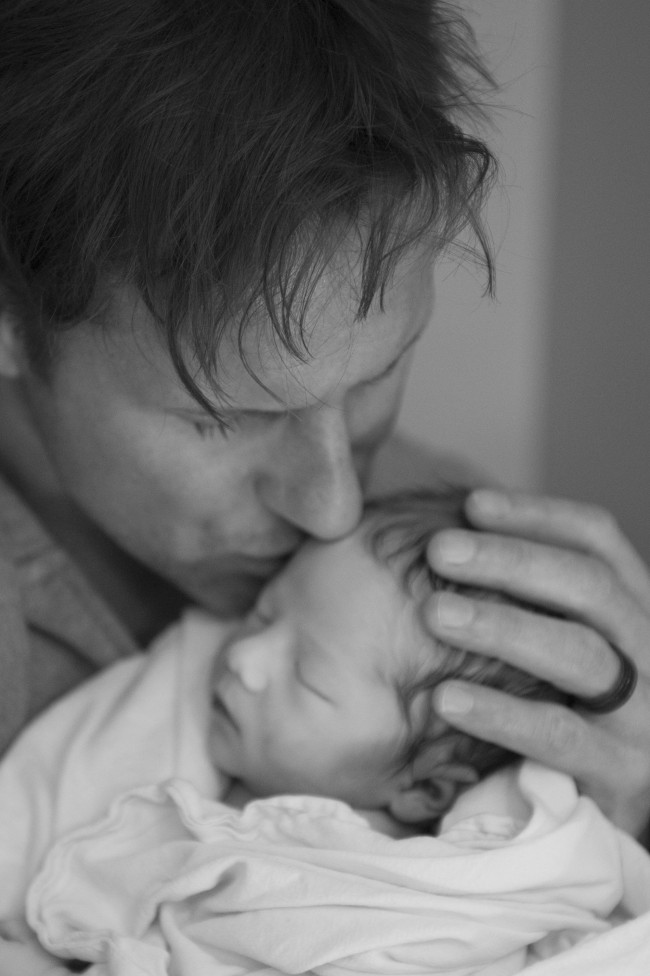
Photos would be taken of their baby’s feet and hands being held by their parent, and then they would be asked to bring the baby as close to their faces as possible
Additionally, I made sure that if anything was on the baby's face, it was wiped away, or I would retouch it out later. If a parent had a ring, I would ask them to place it around the baby’s hand or toes, so that when the parent later touched their ring, they would remember how small their baby’s hands or feet had been. I also photographed the footprints and handprints taken by the nurses. A couple of families told me they would get a tattoo of those prints.
NILMDTS suggests newborns be at least approximately gestational age of 22 weeks, but there is no hard and fast rule. The parental feelings are equal to those of a full-term newborn, as it is about their relationship of love and grief that we are photographing.
Sometimes, extended family members stayed in the room while I photographed. I would ask the mother if others could be in the photo with her/them.
Not every parent wanted to be photographed with their baby. Respect for their decision is paramount. Giving those in the room a chance to be a part of the photos was a way of giving them a chance to touch the family and the deceased loved one, with the simple gesture of placing their hands on a shoulder or back.
Having photographed all that I was asked to, before I left, I’d ask if there was anything else they wanted me to photograph. This gave them an opportunity to hold their child if they hadn’t been ready before. The last photo I’d ask them to do was to cuddle on the bed, holding their baby. I’d stand over them on a small ladder, taking the final images and then quietly leave. My visit generally lasted about 20 minutes, but the time certainly felt suspended.
PROCESSING IMAGES
I’d go home, download the files right away and begin preparing the images, no matter what time it was. And yes, that is when I allowed my own tears to flow.
I would log into the NILMDTS site, enter my name and create a new folder for the family I had just worked with.
I uploaded a digital copy of the paperwork they had signed.
I completed the renaming, converted the images to B&W and in the morning, I’d make a short movie for the family that they could use immediately. I aimed to have my work completed within 24 hrs. Once I had backed up all the work, later on I’d return with a CD or USB of their images for them and hand-deliver them to the hospital or their home. Now the files are emailed to the families.
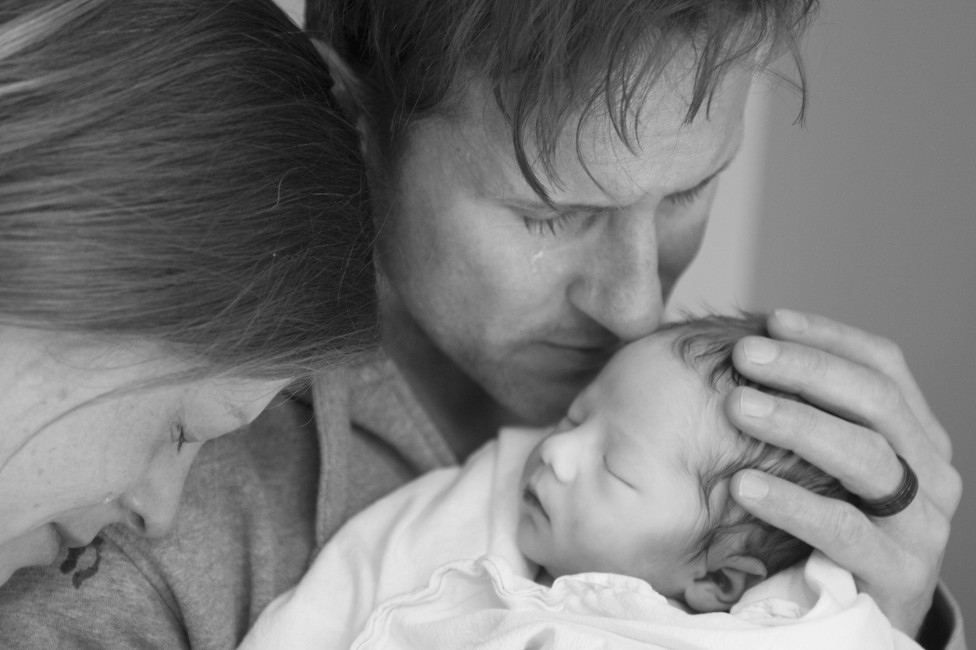
Looking back now, I know at times it was emotionally challenging, however, I do not regret having had the opportunity to help others in such an intimate and unique way.
I never met any of the people again except for one couple who asked me to photograph their family the following year.
“It is a very unreal state to be holding the lifeless body of one’s own newborn, even for a short time,” a parent told me. “It all happens so quickly that it feels like a bad dream”, another mother said.
Photographs are a visible and lasting living proof of their time together with their baby. Not a day goes by that the parents don’t think of their deceased loved one.
One evening, while I was at a public event and heading out, a young woman got up from her table and asked if I was Philomena.
She then gave me a heartfelt hug and explained to me that she had lost her son, and though I was not in the city at the time to provide her with my services, she felt strongly about how important NILMDTS was. She thanked me for doing it in our community. Hearing her words made me realize the importance of this service, an essential service that asks for nothing and gives abundantly. Thank you, Erin.
If you are someone who works with newborns or families, this may be a calling for you. I would urge you to check with your hospital to see if it is something that is being offered, and if not, I encourage you to form a connection with the people at “Now I Lay Me Down To Sleep (NILMDTS)”. You will have a great training program and resources available for you to implement such a profound service.
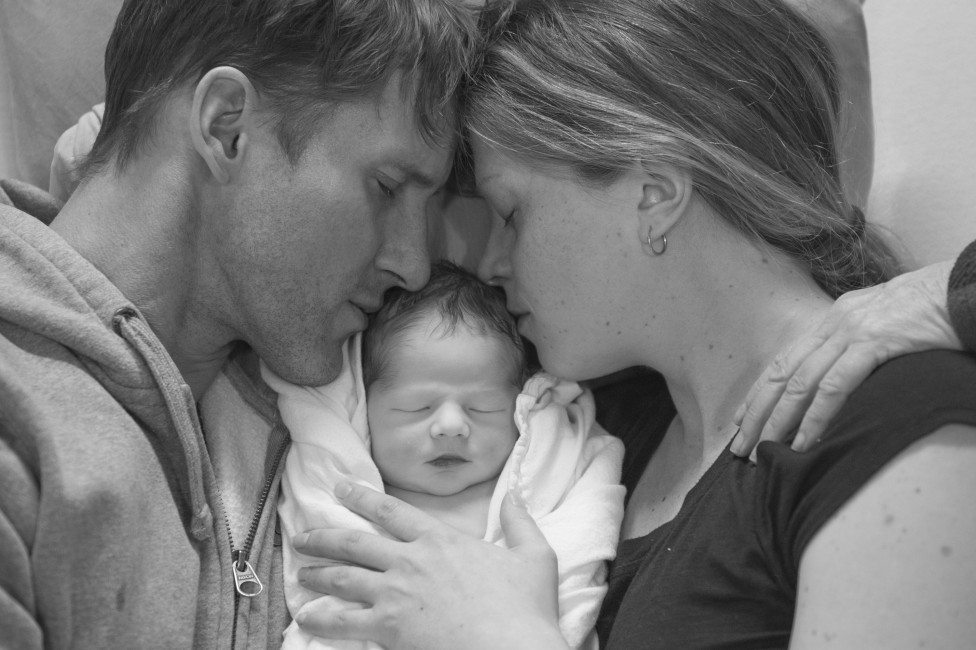
JOHNNY
People have the option to allow us to use their photos or not. For promoting NILMDTS, I have only once asked someone to allow me to share their images, and that time was for this article
It was in 2018 when I was called to the hospital for their son, Johnny.
The images included are from that session. His parents graciously agreed to let Johnny’s images be made public. They knew the pain of ultimate loss, but also the comfort brought to them by my photographs of their son.
They have a photo of Johnny in their home, and he is never forgotten, nor are any of the over 33 bereaved families I photographed over a 14-year span.
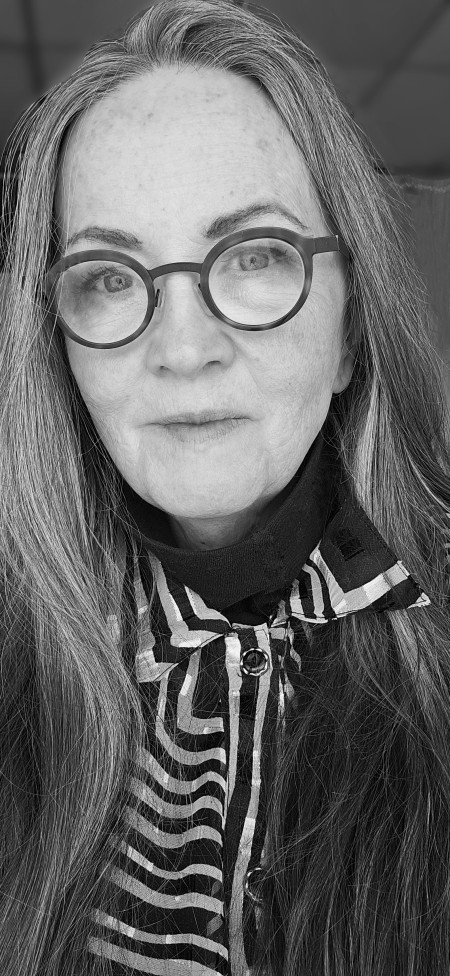
Philomena Hughes MPA 2nd Bar, Fellowship PPABC
*Since the 2023-24 merit year, PPOC awards service merits to members for volunteerism, provided the work is photographic in nature and supports a charitable cause. Contact your regional Merit Chair for more information.
